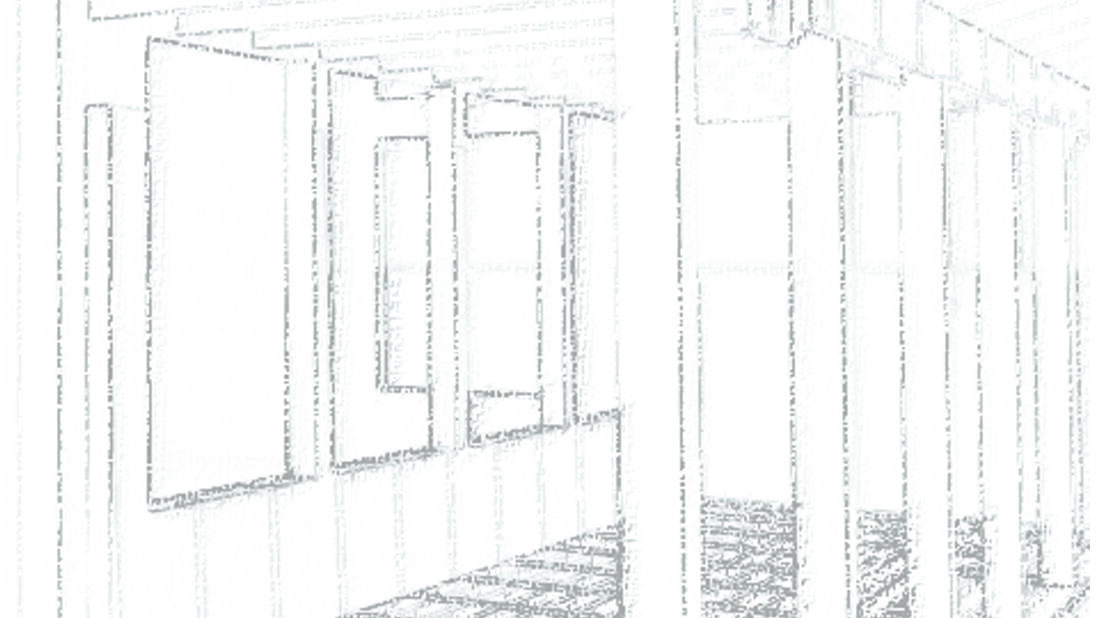Building a House on Sand
As the parable states, building a house on sand is a risky proposition. And so, you probably will want to ensure your builder has builders public liability insurance – otherwise this will be a costly build. Sand itself isn’t the problem, but the proximity to water can be. It all comes down to flooding, and there are basically three types of foundations used in the beach area depending on your exposure, all of which you have to take into account when you are planning to build your own house.
The simplest foundation is the one almost everyone everywhere has because it’s cheap and simple. It’s a spread footing, a foundation wall that sites on a concrete beam set down below the frost line (depth will vary based on climate.) It’s simple, it’s cheap, it’s strong, and for anyone not actually in a flood zone, it’s all you’ll ever need. If you looking for recommendations then why don’t you check out someone like dfw foundation repair for those times when a crack becomes a problem in your house foundation.
